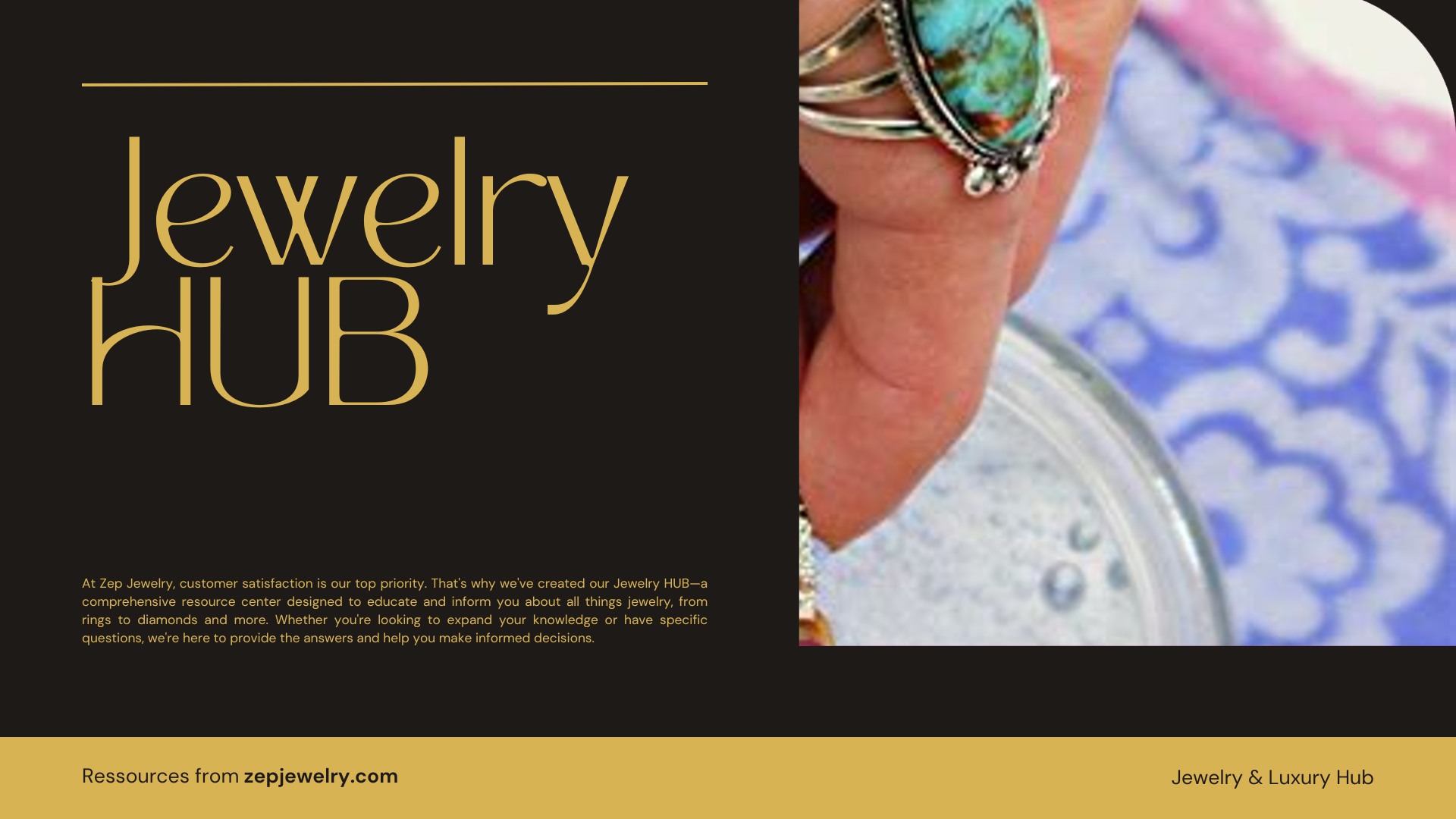Have you ever wondered how your sparkling gems stay so radiant despite daily wear? Enter ultrasonic jewelry cleaners, the unsung heroes of the jewelry world! Picture these devices as tiny opera singers—emitting high-frequency sound waves that dance through a specially crafted cleaning solution. As these sound waves fluctuate, they create a magical symphony of bubbles through a process called cavitation. When these bubbles burst, they unleash powerful shock waves, giving your cherished pieces a thorough scrub that even a skilled jeweler would envy. Let’s dive deeper into this sparkling phenomenon and uncover the secrets that lie within.
How do ultrasonic jewelry cleaners work?
Ultrasonic jewelry cleaners are fascinating devices that harness the power of high-frequency sound waves to achieve a deep and thorough clean. Typically operating within the range of 20-400 kHz, these machines generate rapid pressure fluctuations in a specially formulated cleaning solution.
When you place your jewelry in the fluid, these sound waves create a process known as cavitation. This leads to the formation of countless tiny bubbles that pop and collapse in quick succession. The result? Shock waves that act like microscopic scrubbing brushes, effortlessly removing dirt, grease, and grime from even the tiniest crevices in your jewelry.
What’s particularly impressive about ultrasonic cleaning is its ability to reach areas that manual cleaning methods often miss, such as intricate settings or hard-to-reach nooks. For example, think about a delicate pendant with intricate filigree work or a ring with multiple prong settings—traditional cleaning just can’t match the level of detail achieved by an ultrasonic cleaner.
However, it’s essential to use these machines wisely. While they are highly effective, ultrasonic cleaners can be a bit harsh for more delicate pieces, such as those containing fragile gemstones or pearls. Using them on sturdier materials like platinum or gold is typically safe, but caution is advised when cleaning items with softer stones, as ultrasonic waves can potentially cause fractures or damage.
In summary, ultrasonic jewelry cleaners combine sound waves and a specialized solution to deliver a thorough cleaning experience, effectively breaking down contaminants and restoring the shine to your cherished pieces. Just remember to handle your valuables with care and double-check if they’re suitable for ultrasonic cleaning before diving in!
What are the limitations of using ultrasonic cleaners?
While ultrasonic cleaners excel at removing dirt and grime, they have notable limitations. They do not effectively remove tarnish, as that requires additional energy—either mechanical polishing or reactive chemical processes. Moreover, certain delicate items, particularly those with soft gemstones like emeralds or treated stones, can be damaged by the ultrasonic waves, leading to fractures or loss of luster.
Can all types of jewelry be cleaned in an ultrasonic cleaner?
Not all jewelry is suitable for ultrasonic cleaning. Items with delicate gemstones such as opals, pearls, or those with heat-treated colors should generally be avoided, as they risk damage. Jewelry that has pave settings or includes fragile components is also at risk of losing stones or sustaining damage during the ultrasonic cleaning process.
What are the distinctions between ultrasonic and chemical jewelry cleaners?
Ultrasonic cleaners utilize physical agitation through sound waves, while chemical cleaners rely on reactive substances to dissolve tarnish and grime. Chemical cleaners, like silver dips, can effectively remove tarnish but may carry risks, as they are often acidic and can damage natural stones. In contrast, ultrasonic cleaning is gentler on precious metals but does not address tarnish, which requires different methods for removal.
Why might ultrasonic cleaning be preferred by professional jewelers?
Professional jewelers often favor ultrasonic cleaners for their efficiency in handling large volumes of jewelry quickly and thoroughly. The process not only saves time but also reaches areas that manual cleaning methods might miss. This capability to clean deeply and uniformly makes ultrasonic cleaning an essential tool for jewelers, enhancing their ability to restore vintage or heavily soiled pieces.
How do traditional jewelry cleaning methods compare to ultrasonic cleaning?
Traditional methods, such as polishing cloths or steam cleaners, involve more manual effort and may not reach the intricate details of some jewelry pieces. While effective for surface cleaning, these techniques can remove tiny amounts of metal over time. In contrast, ultrasonic cleaning offers a more comprehensive, hands-free approach that ultimately results in a cleaner and more polished finish without continual abrasive wear.
Are ultrasonic jewelry cleaners worth the investment for home use?
Investing in an ultrasonic jewelry cleaner can be worthwhile for those who own multiple pieces of jewelry or enjoy crafting custom designs. The efficiency of these machines in restoring jewelry to its original shine, along with the ability to clean hard-to-reach areas, often justifies the cost. For avid jewelry collectors or creators, the time saved and results achieved can make ultrasonic cleaners valuable additions to their maintenance toolkit.
